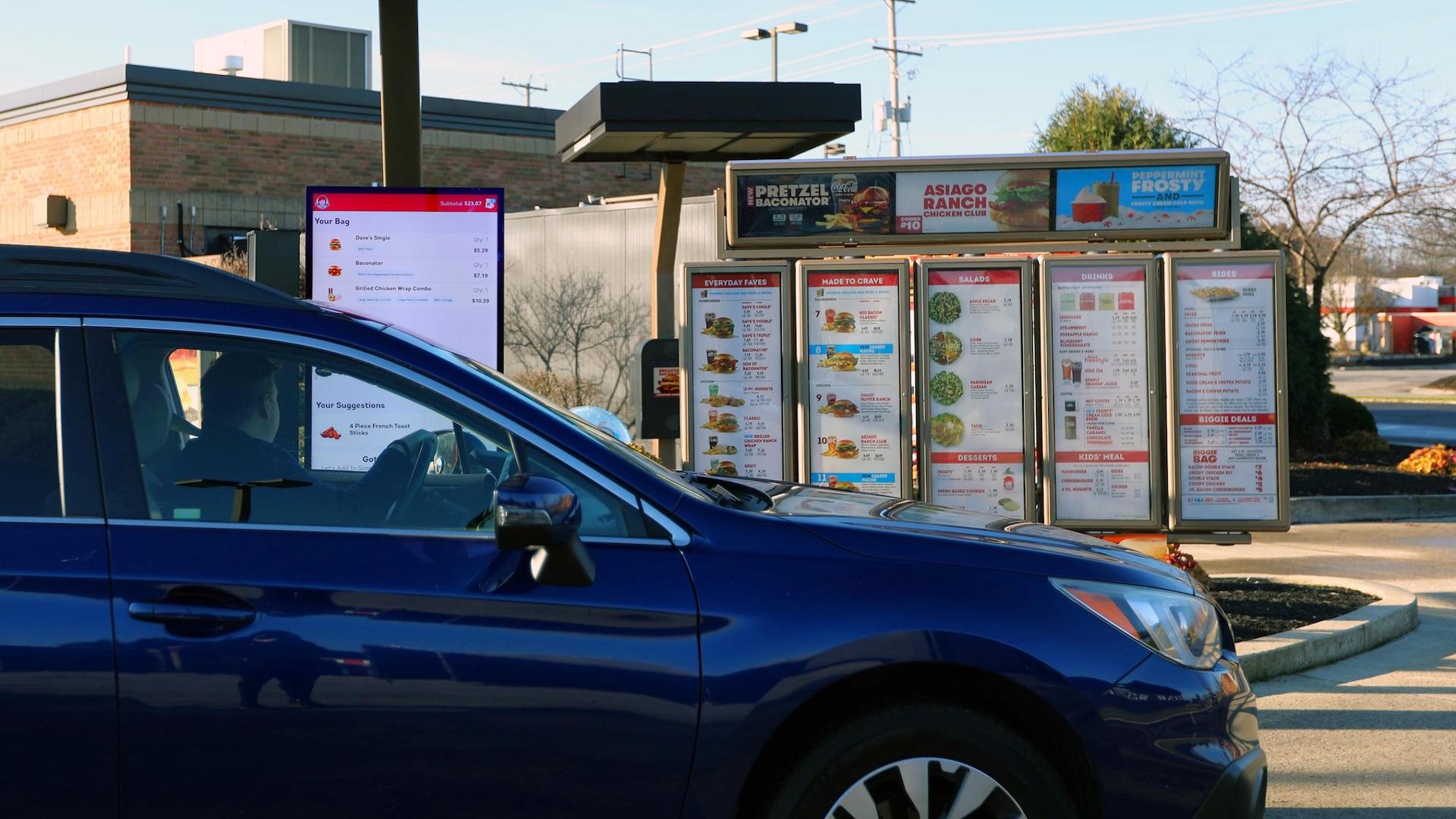

If you thought prodding away at a cheap tablet was the worst a restaurant ordering experience could get, you’d be wrong. The next time you order in a drive-thru, you may not interact with a real person, but a tarted-up “AI” chatbot with a celebrity’s voice. And it’s even more likely to mess up your order than the underpaid teen it replaced.
QSR Magazine reports that voice synthesis tech from Hi Auto is already deployed at 400 restaurant drive-thrus across the United States. One early adopter is Ohio-based chain Lee’s Famous Recipe Chicken, whose drive-thru uses the voice of former NFL player Keith Byars. The tech is pitched as a way of freeing up workers from manning the order intercom, allowing them to focus on core duties such as food preparation.

However, The Takeout reports that a trial of a similar “AI” technology by Wendy’s has had its share of problems. Customers aren’t robots, and they don’t communicate like them. They’ll repeat themselves, change their minds, want orders customized, or simply communicate poorly, as anyone who has worked fast food can attest. The bots themselves can also misinterpret what they hear.
Wendy’s touts getting customers through 22 seconds quicker, but also an accuracy rate of only 86 percent. That means one in seven orders taken are wrong, and have to be corrected by an employee. A human would be fired for making so many mistakes.

These so-called AI ordering systems run the risk of exacerbating the very problem they’re meant to alleviate: Staffing. The American labor market has been squeezed over the past few years by COVID-19, which the World Health Organization says has claimed more than 1.1 million lives in the U.S. alone. The reduced labor supply has affected almost all industries, but particularly those that rely on abundant, cheap help like fast food.
This gives workers more leverage, and means they may seek other employment if asked to handle an increased workload without an according increase in pay. These “AI” programs themselves, however, are sometimes used by companies to claw some of that leverage back. Being automated out of a job has been held over the working class for decades if not centuries, in the form of everything from burger-flipping bots to the unmanned ordering systems of today. They can look like the drive-thrus above, or simply the self-checkout line at grocery stores.

But automating human interaction isn’t as easy as robotically assembling a sandwich, because it involves layers of abstraction that bots cannot intuit. While the foundations of these programs are often sold as “AI,” they are in fact dumb, and limited to their existing knowledge bases. A popular analogy is the Chinese Room: You can use a library of instruction books to correctly answer prompts given to you in a language you don’t understand (in this case, Chinese). But the second there’s no book that tells you how to reply, you’re up a creek without a paddle.
By contrast, a human being can learn, and absorb information it has no prior framework for understanding. Humans can flip burgers, yes, but also safely drive cars, create original art, and experience emotions. Computers can’t. We as a species are a lot smarter than we often give ourselves credit for, and it’d be wise if we sought to bring that potential out of more people—rather than write it off as nonexistent.
So, be a little nicer to your barista the next time you’re at the drive-thru. Or else you might end up talking to a fake Owen Wilson next time, one which might not get your order right, and definitely won’t flirt with you.
Got a tip or question for the author? You can reach them here: james@thedrive.com